Welcome to the realm of homeownership, where every nail, every wall, and every nook is a testament to your journey and investment. Owning a home is both exhilarating and challenging, a journey filled with joy, responsibility, and the occasional unexpected twist.

In this comprehensive guide, we’ll navigate the intricate landscape of homeownership, providing you with 100 invaluable insights to make your dwelling a haven. From maintenance and safety to finance and decor, let’s embark on this enlightening journey together.
1. Home Insurance Wisdom: Protecting Your Castle

Understanding the nuances of home insurance is paramount. From coverage types to policy limits, knowing the ins and outs ensures your home is safeguarded against unforeseen events, providing peace of mind in turbulent times.
2. Budgeting Basics: Beyond the Mortgage

Homeownership extends beyond mortgage payments. Factor in maintenance costs, property taxes, and utilities to create a realistic budget. This ensures financial stability and prevents unwelcome surprises.
3. Seasonal Maintenance Checklist: Weathering the Elements
From gutter cleaning in the fall to AC servicing in the summer, a seasonal maintenance routine preserves your home’s integrity. Regular checkups prevent small issues from snowballing into major problems.
4. Energy Efficiency Hacks: Green Living, Lower Bills
Invest in energy-efficient appliances, seal drafts, and embrace smart home technology. These measures not only reduce your ecological footprint but also trim down your utility bills.
5. Pest Control Strategies: Nipping Infestations in the Bud

Understanding common pests and implementing preventive measures is crucial. Regular inspections, proper waste disposal, and sealing entry points keep your home critter-free.
6. Landscaping Wisdom: Curb Appeal Magic
Landscaping is more than just aesthetics; it’s an investment. Properly maintained lawns, well-placed trees, and a vibrant garden not only elevate your home’s appearance but also enhance its value.
7. Emergency Preparedness: A Plan for the Unexpected
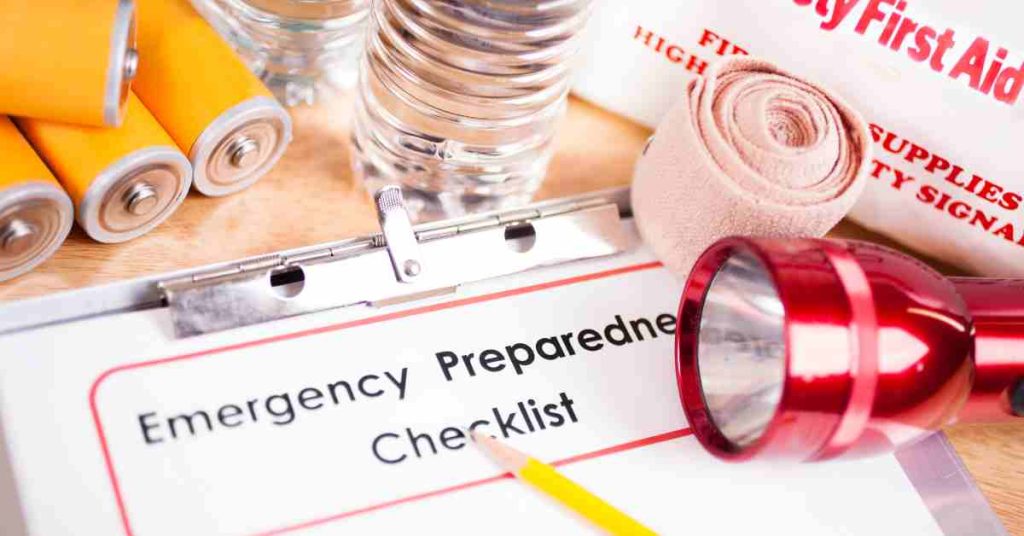
From natural disasters to unforeseen accidents, having a comprehensive emergency plan ensures the safety of your loved ones. Establish escape routes, assemble emergency kits, and stay informed about local risks.
8. Home Security: Fortifying Your Sanctuary
Investing in a robust security system, reinforcing doors and windows, and cultivating a secure neighborhood network is essential for protecting your home and loved ones.
9. Understanding Home Loans: Beyond Fixed vs. Variable

Dive deeper into the world of mortgages. Comprehend the impact of interest rates, loan terms, and refinancing options to make informed decisions that align with your financial goals.
10. Home Improvement ROI: Where to Invest Your Renovation Dollars
Not all renovations are created equal. Prioritize projects with high return on investment (ROI), such as kitchen remodels and bathroom upgrades, to maximize the value of your property.
11. Home Maintenance Calendar: Timely Tasks for a Happy Home
Create a maintenance calendar to schedule routine tasks. Mark dates for HVAC checks, roof inspections, and other essential upkeep, ensuring your home stays in top-notch condition.
12. Understanding Property Lines: Fencing and Boundaries
Familiarize yourself with your property lines before making landscaping or fencing decisions. This prevents disputes with neighbors and potential legal issues down the road.
13. DIY Skills: A Homeowner’s Toolkit
Basic DIY skills are indispensable. Learn to fix leaks, repair drywall, and handle minor electrical issues. A well-equipped toolkit is a homeowner’s best friend.
14. Fire Safety Measures: Protecting Lives and Property
Install smoke detectors, fire extinguishers, and create a fire escape plan. Being prepared for a fire emergency is crucial for the safety of your family and the preservation of your home.
15. Home Appraisal Factors: Boosting Property Value
When considering selling, be aware of factors influencing home appraisals. Maintain curb appeal, keep records of improvements, and stay informed about market trends to enhance your property’s value.
16. Efficient Heating and Cooling: Optimize HVAC Systems
Regularly service your HVAC system, change filters, and consider upgrading to a programmable thermostat. This not only improves energy efficiency but also extends the lifespan of your equipment.
17. Home Warranty Benefits: Added Protection
Explore home warranty options for added protection against unexpected repairs. This safety net can be especially beneficial for older homes or first-time homeowners.
18. The Importance of Home Inspections: Before and After Purchase
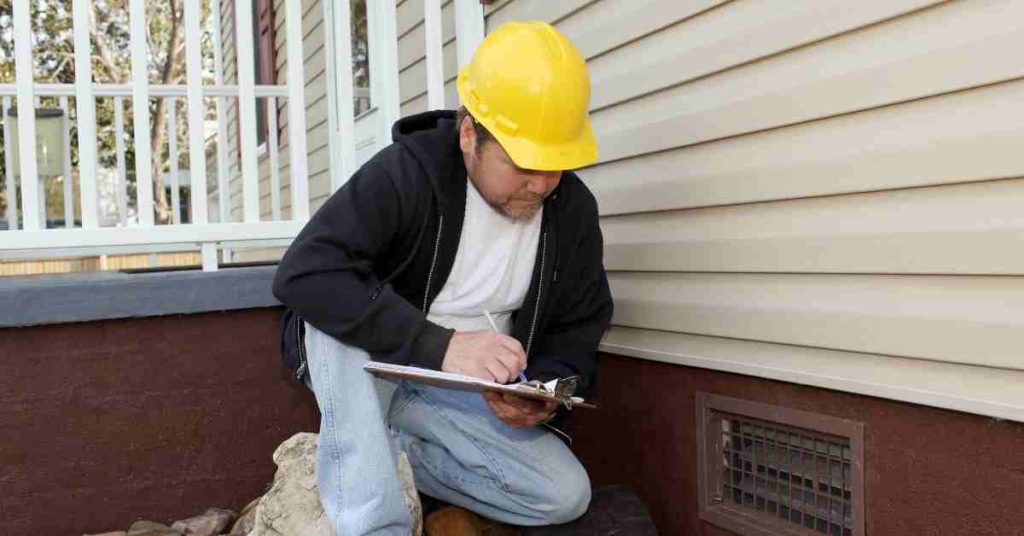
Prioritize home inspections before purchasing a property and periodically thereafter. Early detection of issues saves money and prevents small problems from becoming major headaches.
19. Legal Obligations: Knowing Your Local Regulations
Understand local zoning laws, building codes, and neighborhood regulations. Compliance ensures you avoid fines and legal troubles while maintaining harmony with your community.
20. Home Office Considerations: A Space for Productivity
Whether you work remotely or need a quiet space, dedicate a functional home office. Proper lighting, ergonomic furniture, and organization contribute to a productive work environment.
21. Water Damage Prevention: Gutters and Downspouts
Keep gutters and downspouts clear to prevent water damage. Regular cleaning ensures proper drainage and protects your home’s foundation from potential issues.
22. Home Security Lighting: Illuminate the Night
Strategically placed outdoor lighting deters burglars and enhances visibility. Motion sensor lights near entrances and well-lit landscapes contribute to a safer living environment.
23. Renovation Permits: Navigating the Approval Process
Before undertaking major renovations, check local permit requirements. Failure to secure necessary permits can result in fines and complications when selling your home.
24. Mold Prevention Techniques: A Healthy Home
Prevent mold by controlling humidity, fixing leaks promptly, and ensuring proper ventilation. Regularly inspect areas prone to moisture, such as basements and bathrooms.
25. Sustainable Living: Eco-Friendly Practices
Incorporate sustainable practices into your home, from energy-efficient appliances to eco-friendly building materials. Not only does this benefit the environment, but it also lowers long-term costs.
26. Plumbing Basics: Addressing Leaks and Clogs
Learn to identify and fix minor plumbing issues. Knowing how to address leaks and clogs can save you from costly repairs and water damage.
27. Window Maintenance: Enhancing Efficiency

Regularly clean and inspect windows. Well-maintained windows improve energy efficiency, reduce drafts, and contribute to the overall comfort of your home.
28. Garage Organization: Maximizing Space
Organize your garage to maximize space and functionality. Install shelving, use storage bins, and consider wall-mounted storage to keep tools and belongings in order.
29. Disaster Preparedness: Assembling Emergency Kits
Beyond fire safety, assemble emergency kits for various scenarios, including earthquakes, hurricanes, or power outages. Preparedness ensures your family’s well-being during unforeseen events.
30. Aging in Place: Future-Proofing Your Home
Consider future needs when making home improvements. Features like grab bars and accessible entrances enhance the longevity and accessibility of your home.
31. Energy-Efficient Windows: Investing in Long-Term Savings
Upgrade to energy-efficient windows. They enhance insulation, reduce energy consumption, and often qualify for tax credits, providing a win-win for your wallet and the environment.
32. Electrical Panel Awareness: Understanding Your Circuits
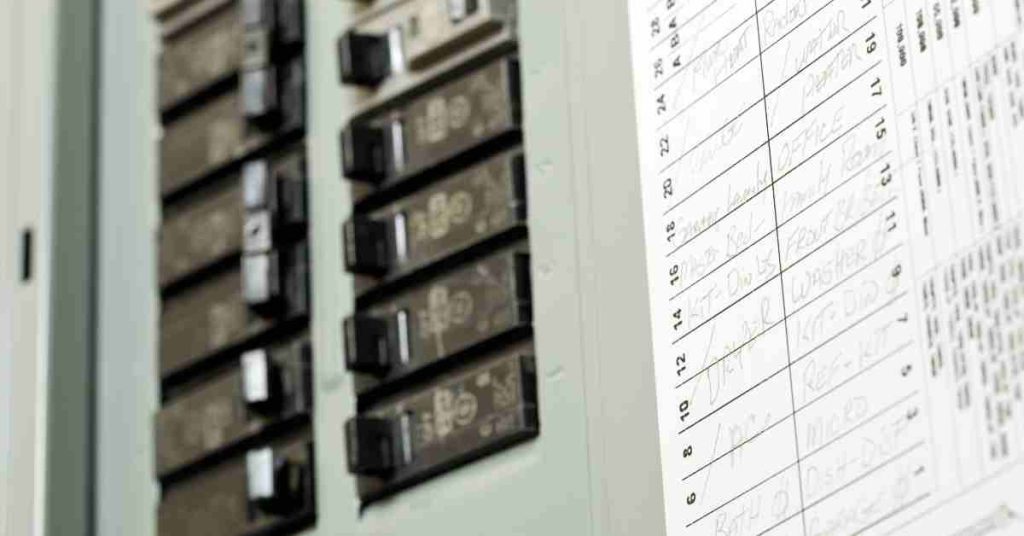
Familiarize yourself with the electrical panel. Label circuits, know the location of the main shut-off, and understand basic troubleshooting to address minor electrical issues.
33. Home Design Trends: Balancing Style and Timelessness
When decorating or renovating, consider timeless design elements. Trends fade, but a classic aesthetic adds enduring value to your home.
34. Roof Maintenance: Prolonging the Lifespan
Regularly inspect your roof for damaged shingles, leaks, or signs of wear. Timely repairs and maintenance can extend the lifespan of your roof and prevent costly replacements.
35. Firepit Safety: Enjoying Flames Responsibly
If you have a firepit, follow safety guidelines. Keep it away from flammable materials, never leave it unattended, and be mindful of local regulations.
36. Home Inventory: Documenting Your Belongings
Create a detailed home inventory for insurance purposes. Document valuables, electronics, and important documents making it easier to file claims in case of loss or damage.
37. Smart Thermostats: Effortless Temperature Control
Invest in a smart thermostat to optimize energy usage. Schedule temperature adjustments based on your routine and remote control settings to enhance efficiency.
38. Foundation Inspection: A Solid Base for Your Home
Regularly inspect your home’s foundation for cracks or shifts. Addressing foundation issues promptly is crucial for the structural integrity of your entire home.
39. Water Heater Maintenance: Preventing Unexpected Failures
Flush your water heater annually to remove sediment buildup. Regular maintenance ensures efficient performance and prevents unexpected breakdowns.
40. Tree Maintenance: Balancing Beauty and Safety
Trim and maintain trees on your property. This not only enhances curb appeal but also prevents potential hazards, such as falling branches during storms.
41. Home Equity Understanding: Your Property’s Value

Stay informed about your home’s equity. Regularly assess market trends, make improvements, and be mindful of your mortgage payments to build and leverage equity effectively.
42. Mold Remediation: Dealing with Infestations
If you discover mold, address it promptly. Hire professionals if needed, and identify and rectify the source of moisture to prevent future occurrences.
43. Appliance Lifespan Awareness: Planning for Replacements
Know the average lifespan of your appliances. This helps in budgeting for replacements and allows you to proactively address potential issues before they become critical.
44. Home Safety Drills: Practicing for Emergencies
Conduct regular home safety drills with your family. Include scenarios like fires, earthquakes, or break-ins to ensure everyone knows the appropriate actions to take.
45. Faucet Drip Repairs: Preserving Water Resources
Fix dripping faucets promptly. Beyond saving on your water bill, addressing leaks conserves water, contributes to environmental sustainability.
46. Home Workspace Ergonomics: Prioritizing Comfort
Whether in a dedicated office or a corner of a room, prioritize ergonomic workspace design. A comfortable and well-organized space contributes to productivity and well-being.
47. Snow Removal Safety: Clearing Pathways Responsibly
If you live in a snowy climate, practice safe snow removal. Shovel promptly, use ice melt cautiously, and ensure clear pathways to prevent accidents.
48. Property Survey Importance: Documenting Boundaries
If purchasing a property, consider getting a land survey. This document clarifies property boundaries, preventing disputes with neighbors over time.
49. Insulating Attics: Enhancing Energy Efficiency

Ensure proper insulation in your attic. Adequate insulation helps regulate indoor temperatures, reducing the strain on heating and cooling systems.
50. Home Maintenance Records: Organizing Documents
Maintain organized records of home improvements and repairs. This not only aids in future sales but also helps contractors understand your home’s history during repairs.
51. Solar Energy Consideration: Harnessing the Sun
Explore solar energy options for your home. Solar panels can significantly reduce energy bills and have a positive impact on the environment, making it a worthwhile long-term investment.
52. Hazardous Material Awareness: Identifying and Handling
Be aware of potential hazardous materials in your home, such as asbestos or lead-based paint. Professional inspections and safe removal, if necessary, are crucial for your family’s health.
53. Garage Door Maintenance: Ensuring Smooth Operation
Regularly inspect and lubricate garage door mechanisms. Proper maintenance not only extends the life of the door but also prevents unexpected malfunctions.
54. Understanding Homeowners Association (HOA) Rules
If part of an HOA, familiarize yourself with the rules and regulations. Adherence to these guidelines maintains harmony within the community and avoids potential fines.
55. Pool Safety Measures: A Must for Homeowners
If you have a pool, implement safety measures. Install a fence, cover when not in use, and educate family members on water safety to prevent accidents.
56. Radon Testing: A Silent Threat to Address
Consider radon testing, especially in regions prone to elevated levels. Radon is a colorless, odorless gas that can be harmful, and testing ensures a safe living environment.
57. Exterior Paint Maintenance: Protecting Your Facade
Regularly inspect and touch up exterior paint. Beyond enhancing curb appeal, well-maintained paint protects your home’s structure from the elements.
58. Smart Home Integration: Streamlining Your Lifestyle

Explore smart home technology for added convenience. From smart thermostats to security systems, integration can simplify your daily routines and enhance efficiency.
59. Fencing Maintenance: Ensuring Privacy and Security
Inspect and repair fences regularly. Well-maintained fences contribute to security, privacy, and the overall aesthetic appeal of your property.
60. Mold-Resistant Materials: Proactive Prevention
Consider mold-resistant materials in areas prone to dampness. This proactive step minimizes the risk of mold growth and simplifies maintenance.
61. Proper Chimney Maintenance: Fireplace Safety
If you have a fireplace, schedule regular chimney inspections and cleanings. This prevents chimney fires and ensures safe and efficient operation.
62. Septic System Awareness: Care and Maintenance
Understand the location and maintenance requirements of your septic system. Regular pumping and proper care are essential for its longevity and functionality.
63. Exterior Door Maintenance: Security and Weatherproofing
Inspect and maintain exterior doors. Ensure proper weather stripping and secure locks to enhance security and energy efficiency.
64. Water Softening Systems: Improving Water Quality
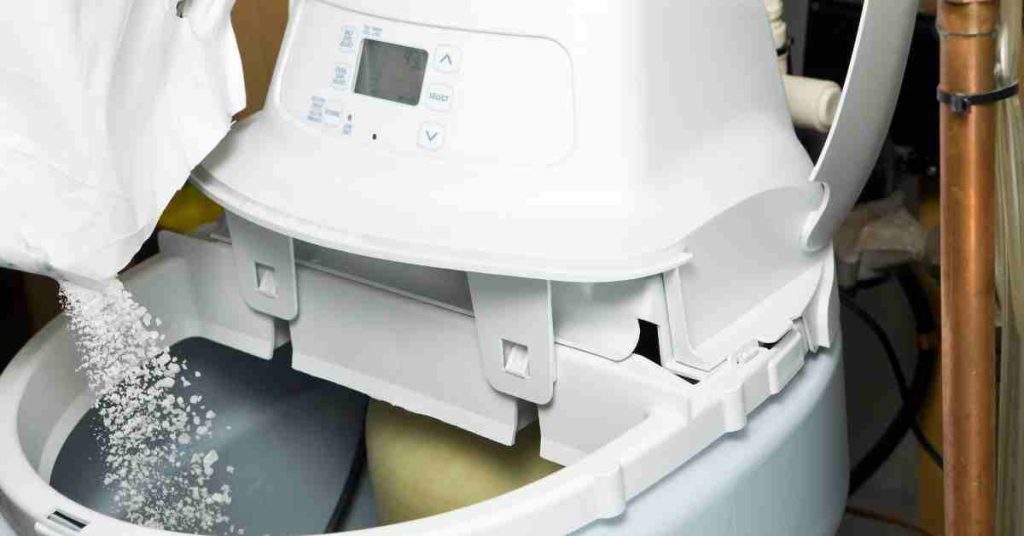
Consider a water-softening system if your area has hard water. Softened water not only benefits your skin and appliances but also reduces maintenance on plumbing fixtures.
65. Safe Tree Placement: Avoiding Property Damage
Plant trees away from structures to prevent potential damage during storms. Be mindful of the tree’s mature size and its impact on your property.
66. Home Automation Security: Protecting Your Data
Ensure the security of your smart home devices. Regularly update passwords and firmware to safeguard against potential cyber threats.
67. Emergency Exits: Clear Pathways in Crisis
Keep emergency exits clear and easily accessible. This includes windows and doors, providing quick exits during emergencies like fires.
68. Water Conservation Practices: Environmental Responsibility
Implement water-saving fixtures and practices. This not only conserves a precious resource but also reduces water bills.
69. Lawn Care Tips: Healthy and Lush Greenery
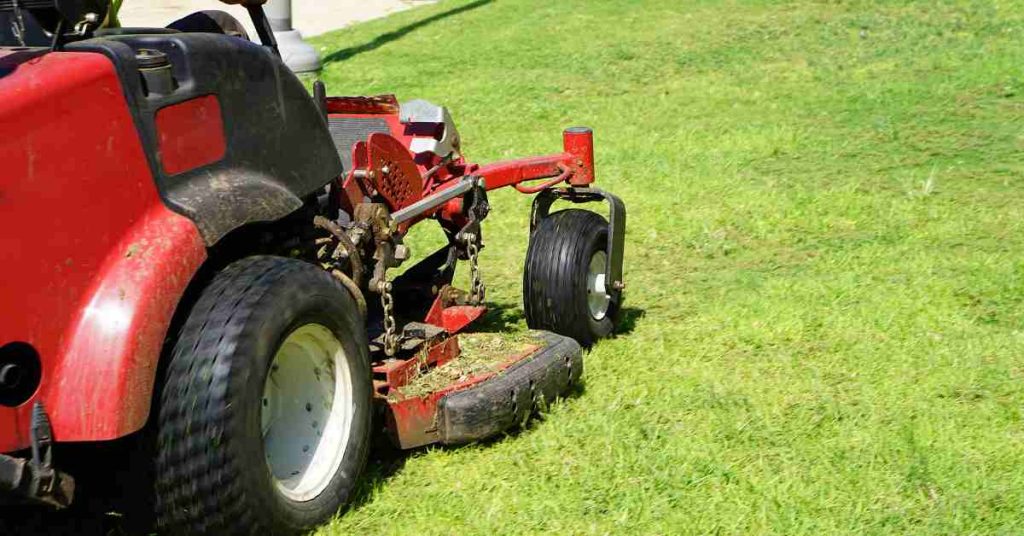
Maintain your lawn with proper watering, mowing, and fertilization. A well-kept lawn enhances curb appeal and adds value to your property.
70. Home Office Tax Deductions: Financial Benefits
Explore tax deductions related to a home office. If you work from home, certain expenses may be eligible for tax benefits.
71. Home Exterior Lighting: Enhancing Security and Ambiance
Install outdoor lighting to improve security and create a welcoming atmosphere. Motion sensor lights and well-lit entryways deter intruders while enhancing curb appeal.
72. Household Ventilation: Ensuring Indoor Air Quality
Maintain proper ventilation to enhance indoor air quality. Use exhaust fans, open windows regularly, and consider air purifiers to reduce pollutants.
73. Fire Extinguisher Placement: Strategic Safety Measures
Place fire extinguishers in key areas, such as the kitchen, garage, and near bedrooms. Ensure everyone in the household knows their location and how to use them.
74. Home Office Ergonomics: Prioritizing Health and Comfort
Invest in ergonomic office furniture and set up your home office to prioritize posture and comfort. This helps prevent long-term health issues associated with prolonged sitting.
75. Energy-Efficient Appliances: Savings Over Time
Upgrade to energy-efficient appliances gradually. While the initial cost may be higher, the long-term savings on energy bills make it a financially sound decision.
76. Rainwater Harvesting: Sustainable Water Source
Consider rainwater harvesting systems to collect and store rainwater. This water can be used for landscaping, reducing reliance on municipal water.
77. Furniture Placement: Optimizing Space Flow
Strategically arrange furniture to optimize traffic flow and enhance the overall aesthetics of your living spaces. This contributes to a comfortable and visually appealing home.
78. Pest-Resistant Landscaping: Natural Deterrents
Choose plants that naturally repel pests. This minimizes the need for chemical pesticides and creates a more harmonious garden ecosystem.
79. Safe Chemical Storage: Preventing Accidents
Store household chemicals securely and according to label instructions. Proper storage reduces the risk of accidents and chemical reactions.
80. Home Gym Considerations: A Healthy Investment

If creating a home gym, consider proper flooring and ventilation. This investment in health and fitness can positively impact your overall well-being.
81. Energy Audits: Identifying Efficiency Opportunities
Schedule a professional energy audit to identify areas for improvement. Addressing energy inefficiencies enhances your home’s overall performance and reduces utility bills.
82. Roof Ventilation: A Cooling Mechanism
Ensure proper roof ventilation to prevent heat buildup in the attic. This not only extends the lifespan of your roof but also contributes to overall energy efficiency.
83. Outdoor Entertainment Spaces: Maximizing Enjoyment
If you have an outdoor space, create an inviting area for entertainment. Whether it’s a patio, deck, or garden, maximize its potential for relaxation and social gatherings.
84. Water Heater Timer: Efficient Energy Usage
Install a timer for your water heater to regulate usage. This ensures hot water is available when needed while minimizing energy consumption during off-peak hours.
85. Floor Maintenance: Preserving Beauty and Durability
Regularly clean and maintain flooring based on its material. Proper care extends the life of your floors and maintains their aesthetic appeal.
86. Disaster Recovery Plan: Safeguarding Important Documents
Create digital backups of essential documents and store them securely. This ensures important records are preserved even in the event of physical damage.
87. Home Security Audit: Regular Checks for Vulnerabilities
Conduct periodic home security audits. Assess entry points, check locks, and consider professional consultations to identify and rectify potential vulnerabilities.
88. Local Community Involvement: Building Connections
Engage with your local community. This fosters a sense of belonging, provides support networks, and contributes to a safer and more pleasant neighborhood.
89. Home Automation Integration: Streamlining Daily Tasks
Explore home automation for tasks beyond security, such as lighting and climate control. Automation simplifies daily routines and improves overall efficiency.
90. Pet-Friendly Design: Creating a Safe Haven
If you have pets, design your home with their safety and comfort in mind. This includes secure fencing, pet-friendly flooring, and designated spaces for their needs.
91. Seasonal Decor Storage: Organizing Festive Items
Designate storage areas for seasonal decorations. Proper organization makes it easier to locate and use decorations during holidays and special occasions.
92. Feng Shui Principles: Balancing Energy in Your Home
Consider incorporating Feng Shui principles into your home design. This ancient practice aims to create a harmonious energy flow, promoting a sense of well-being.
93. Stain Removal Techniques: Upholstery and Carpets
Equip yourself with knowledge on stain removal techniques. Prompt action and the right cleaning methods can salvage carpets and upholstery from common spills.
94. Emergency Contacts: A Quick Reference List
Compile a list of emergency contacts and keep it easily accessible. Include numbers for local utilities, emergency services, and neighbors to facilitate quick communication in crisis situations.
95. Sustainable Landscaping: Eco-Friendly Gardens
Opt for sustainable landscaping practices. This includes drought-resistant plants, rain gardens, and composting, contributing to environmental conservation.
96. Compact Storage Solutions: Maximizing Space
Invest in compact storage solutions, especially in smaller homes. Utilize under-the-bed storage, wall-mounted shelves, and multi-functional furniture to maximize available space.
97. Water Filtration Systems: Enhancing Water Quality
Install water filtration systems for improved water quality. This is especially beneficial in areas with hard water or potential contaminants.
98. Energy-Efficient Window Treatments: Temperature Control
Choose window treatments that enhance energy efficiency. Curtains or blinds that insulate against heat and cold contribute to a comfortable indoor environment.
99. Backyard Composting: Eco-Friendly Waste Management
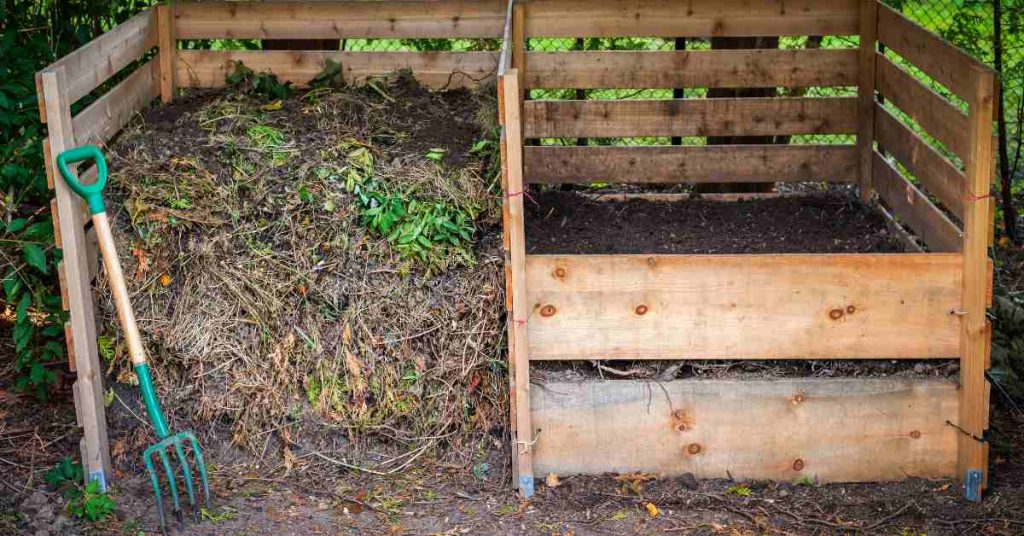
Start a backyard composting system. Composting kitchen scraps and yard waste not only reduces landfill contributions but also creates nutrient-rich soil for your garden.
100. Continuing Education: Staying Informed as a Homeowner
Commit to ongoing learning about homeownership. Stay updated on new technologies, regulations, and maintenance practices to ensure your home remains a safe and comfortable haven.
Conclusion: Nurturing Your Home, Nurturing Your Life
Congratulations! You’ve just completed a comprehensive journey through 100 essential tips for homeowners. Your home is more than just walls and a roof; it’s a reflection of your life, experiences, and aspirations. By embracing these insights, you’re not merely maintaining a property but fostering a haven where memories are made and dreams unfold. As you navigate the intricate path of homeownership, may these tips serve as your trusted companions, guiding you towards a fulfilling and enriching life within the walls you call home. Here’s to a thriving and harmonious journey ahead!
